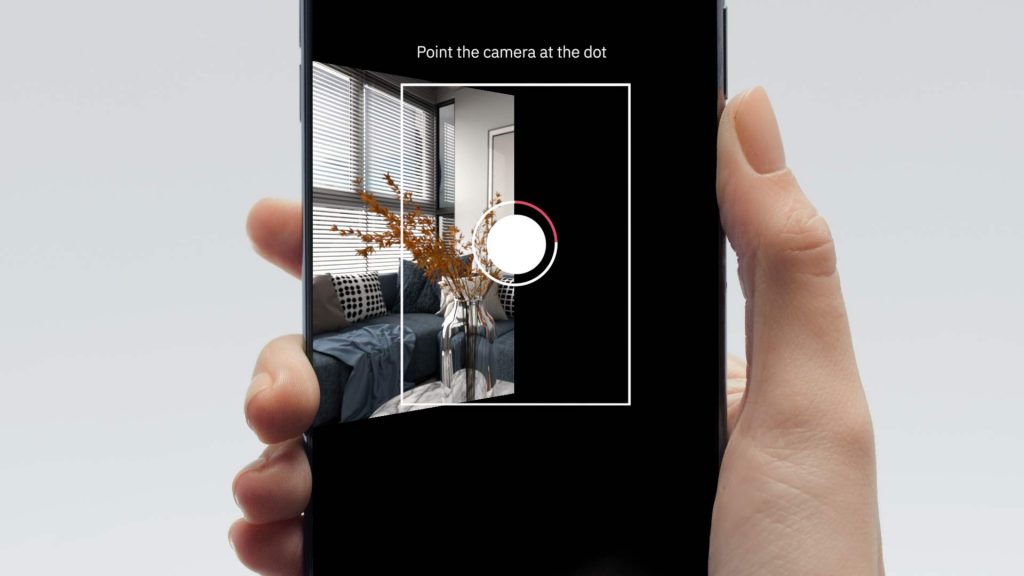Make 3D Digital Clones of Any Space With Matterport Capture
Whether for interior designers or security personnel, detailed renderings with customizable features

California-based software company (and camera producer) Matterport specializes in capturing 3D data and content. They pioneered the sector with the release of the Pro2, a camera with dimensional accuracy within 1% and capable of shooting in 134-megapixel format. But, up until this month, this technology could only be accessed on a professional level, for those with the proper camera equipment and varying levels of 3D rendering software. Now, Matterport’s free iOS app, Matterport Capture, lets individuals of all photography skill levels, snap, compress, and share 3D clones of any space with ease.

The 3D capture system offers end-to-end assistance. Opening the app, you’re prompted to sign in. Users must register with Matterport to access the camera system, but the login also acts as a hub for your saved projects. Once past this process, you’re introduced to the creation stage. An addition sign in the bottom right corner acts as the trigger—pressing it activates a new project, and you’re asked to input (optional) information like address, showcase name, description, and any internal ID or indexing system. Then your camera opens. The app guides users through this process, placing markers in the field of view to follow around the room—in the same style as taking a panoramic photo on an iPhone.
Once a shot is complete, it’s saved within the app and available to explore, upload, edit, or redo entirely. The best results are achieved using a monopod or tripod, and in a space with proper lighting. But, even the worst images taken on an iPhone mark a turning point in this industry. Never have these capabilities been accessible for millions from their smartphones.

“We have finally opened up the software to the biggest class of devices out there,” CMO Robin Daniels says. “Which suddenly unlocks the ability for a billion people or more to be able to do these very comprehensive 3D scans of an environment. Of course, you’re not going to get the same level of fidelity on a smartphone as you will on a camera that’s purpose-built, has depth-detection, the LiDAR-detection, but the quality is far good enough for a small space—maybe a room or an apartment and so on.”
The Matterport Capture app can be a useful tool for various professional pursuits—from documenting an interior designer’s work to creating a gallery show for an artist’s paintings. Users can recreate a physical space within the digital world and still allow for the same maneuverability you’d be granted had you physically been in the space. Plus, there are capabilities within the Matterport scans that allow users to assign tags to items within the rooms—providing visitors the opportunity to shop a given item (in a space like their own) or leave feedback on a particular feature (if collaborating on the given scan). Further, a measuring tool allows users the ability to record the dimensions of a piece of furniture or a doorway within the 3D clone.

“The possibilities this opens up if you’re a gallery, a small cafe or studio, are endless. And we’ve traditionally served a certain audience, one that’s centered around transacting—whether it be renting or buying properties or interior design and so on. But what’s so exciting about this release, and the smartphone version, is that it opens up endless possibilities, things we haven’t even conceived yet,” Daniels says. “A lot of companies are going to use Matterport to maintain their businesses but a lot of companies are trying to start using it to get in front of brand new audiences that they never could attract before.”
Images courtesy of Matterport










